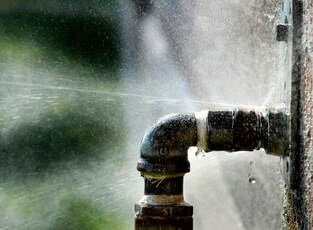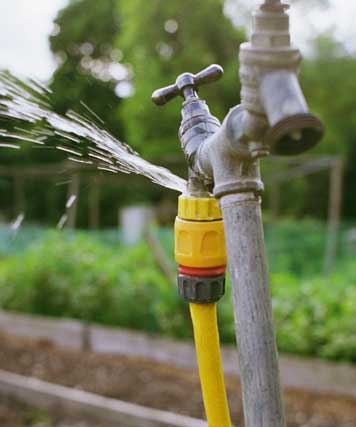Nearly everybody seems to have his or her own thinking involving Detecting hidden plumbing leaks.

Early discovery of leaking water lines can minimize a prospective calamity. Some tiny water leakages might not be visible.
1. Check Out the Water Meter
Every home has a water meter. Examining it is a surefire manner in which assists you uncover leaks. For beginners, turn off all the water sources. Make certain no one will purge, use the faucet, shower, run the cleaning equipment or dishwasher. From there, go to the meter as well as watch if it will certainly change. Considering that no person is using it, there ought to be no activities. If it relocates, that indicates a fast-moving leak. Likewise, if you discover no changes, wait a hr or 2 and check back once again. This suggests you might have a slow-moving leakage that could even be underground.
2. Examine Water Intake
If you detect abrupt modifications, in spite of your usage being the same, it means that you have leakages in your plumbing system. An abrupt spike in your expense suggests a fast-moving leak.
Meanwhile, a constant boost each month, even with the same routines, shows you have a sluggish leakage that's likewise gradually escalating. Call a plumber to extensively inspect your building, particularly if you feel a warm location on your floor with piping below.
3. Do a Food Coloring Test
30% comes from toilets when it comes to water intake. Test to see if they are running correctly. Decline specks of food shade in the storage tank and also wait 10 minutes. If the shade somehow infiltrates your dish throughout that time without flushing, there's a leak in between the storage tank and bowl.
4. Asses Exterior Lines
Do not neglect to examine your outdoor water lines also. Needs to water seep out of the connection, you have a loose rubber gasket. One tiny leak can lose bunches of water and also spike your water bill.
5. Analyze the situation and examine
Property owners must make it a routine to inspect under the sink counters as well as even inside cupboards for any type of bad odor or mold growth. These two red flags show a leak so timely attention is required. Doing routine inspections, also bi-annually, can conserve you from a significant issue.
Much more significantly, if you know your home is currently old, maintain a watchful eye on your heating units, hose pipes, pipes and so on. Look for stainings and weakening as many home appliances as well as pipes have a life span. They will also normally degrade due to damage. If you presume leaking water lines in your plumbing system, don't await it to intensify. Call an expert plumber immediately so you do not end up with a terrible mess in your house.
Early detection of leaking water lines can alleviate a prospective disaster. Some tiny water leaks might not be visible. Examining it is a proven means that assists you discover leakages. One little leakage can squander tons of water and also spike your water costs.
If you believe leaking water lines in your plumbing system, do not wait for it to intensify.
WARNING SIGNS OF WATER LEAKAGE BEHIND THE WALL
PERSISTENT MUSTY ODORS
As water slowly drips from a leaky pipe inside the wall, flooring and sheetrock stay damp and develop an odor similar to wet cardboard. It generates a musty smell that can help you find hidden leaks.
MOLD IN UNUSUAL AREAS
Mold usually grows in wet areas like kitchens, baths and laundry rooms. If you spot the stuff on walls or baseboards in other rooms of the house, it’s a good indicator of undetected water leaks.
STAINS THAT GROW
When mold thrives around a leaky pipe, it sometimes takes hold on the inside surface of the affected wall. A growing stain on otherwise clean sheetrock is often your sign of a hidden plumbing problem.
PEELING OR BUBBLING WALLPAPER / PAINT
This clue is easy to miss in rooms that don’t get much use. When you see wallpaper separating along seams or paint bubbling or flaking off the wall, blame sheetrock that stays wet because of an undetected leak.
BUCKLED CEILINGS AND STAINED FLOORS
If ceilings or floors in bathrooms, kitchens or laundry areas develop structural problems, don’t rule out constant damp inside the walls. Wet sheetrock can affect adjacent framing, flooring and ceilings.
https://www.servicemasterbyzaba.com/blog/how-to-detect-water-leakage-in-walls/

As a devoted person who reads on Finding hidden leaks, I figured sharing that chunk was a smart idea. Loved our review? Please share it. Let others find it. Thank you so much for your time invested reading it.